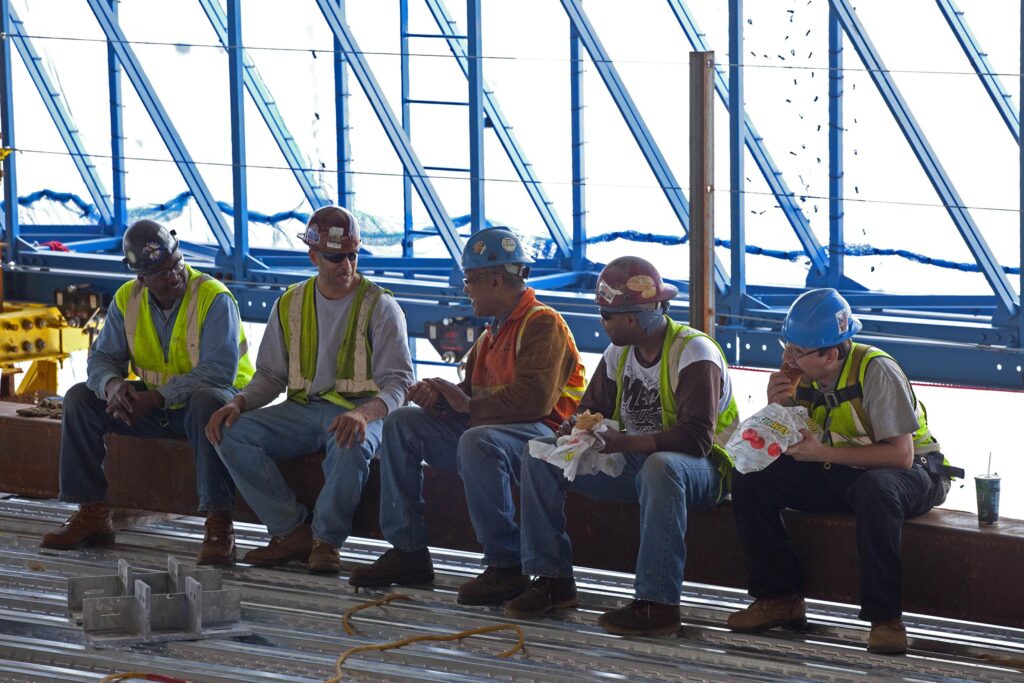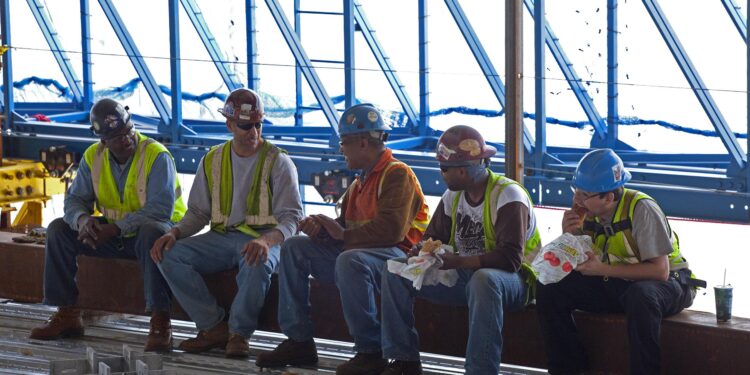Are you running a construction business and looking for ways to effectively manage lunch breaks for your workers? A productive and satisfying lunch break experience goes beyond providing a simple pause in their busy day. These valuable moments of downtime, when managed skillfully, offer more than just a chance to eat; they ensure workers return to their duties with renewed vigor and determination.
However, it’s not just about convenience and comfort. There are legal obligations to consider. Lunch Break Law in California sets specific requirements for meal periods and rest breaks, ensuring that workers’ rights are respected.
In this article, we will provide you with practical tips on how to create a more efficient and enjoyable lunch break experience for your workers that leaves both employees and employers satisfied and energized.
Establish Clear Guidelines and Expectations
You should clearly communicate your expectations for lunch breaks to your workers, ensuring that they understand the specific guidelines and protocols that are in place.
- Start by holding a meeting or sending out a memo outlining the company’s policies regarding lunch breaks. Clearly state the duration of the break, where it should be taken, and any restrictions or requirements.
- Emphasize the importance of punctuality and returning promptly after the designated time.
- Provide information on any designated break areas or facilities that are available for use.
- Address any safety protocols that need to be followed during lunch breaks, such as wearing protective gear or avoiding certain areas.
By establishing clear guidelines and expectations, you can ensure that your workers understand and adhere to the lunch break policies.
Create a Structured Schedule for Lunch Breaks
Implement a structured schedule to organize lunch breaks. This means creating set times for when workers can take their lunch breaks.
By having a schedule in place, everyone will know exactly when they can take their break, which will help prevent any confusion or delays. A structured schedule allows for better coordination and planning.
You can stagger lunch breaks so that not everyone is taking a break at the same time, ensuring that there are enough workers on site to keep the project moving forward.
This also helps to avoid long lines and overcrowded break areas.
A well-coordinated schedule ensures that work progresses smoothly and minimizes disruptions while providing everyone a chance to relax and recharge.
Provide a Comfortable and Conducive Break Area
Investing in a comfortable break area shows your workers that you value their well-being and appreciate their hard work.

Start by setting up a designated space with ample seating and shade to protect them from the elements. Consider adding picnic tables, chairs, and even bean bags for a more relaxed vibe.
To make the area more conducive, ensure there’s proper lighting and ventilation. Consider installing fans or misters to keep the area cool during hot weather.
Provide amenities like a water cooler, coffee machine, and microwave for convenience.
Don’t forget to regularly clean and maintain the break area to foster a positive atmosphere. Your efforts will go a long way in keeping your workers happy and energized.
Encourage Healthy Eating Habits
Encouraging and promoting healthy eating habits on the construction site will leave your workers feeling nourished and revitalized.
To achieve this, provide a range of nutritious food options in the break area (if possible). Include fresh fruits, vegetables, and whole grains, as well as lean proteins such as grilled chicken or fish. Encourage workers to pack homemade meals or choose healthier options from nearby restaurants.
Consider implementing a policy that discourages the consumption of sugary drinks and snacks. Instead, promote the intake of water and natural juices to keep your workers hydrated and energized.
Display informative posters and provide educational materials about the importance of a balanced diet.
By fostering a culture of healthy eating, you’ll not only improve the overall well-being of your workers but also enhance their productivity and job satisfaction.
Foster a Positive and Supportive Work Environment
Nurture a supportive work environment by encouraging open communication, mutual respect, and teamwork to foster a sense of camaraderie and boosting morale among workers.
- Promote teamwork by organizing team-building activities or events during lunch breaks. This can include games, sports, or even simple group discussions.
- Show appreciation for your workers’ efforts and achievements. Recognize their hard work and provide positive feedback regularly.
By creating a supportive work environment, you can also encourage workers to support each other, both professionally and personally. Such a positive work environment not only improves job satisfaction but also increases productivity and overall well-being among your workers.
Conclusion
With well-defined guidelines, structured schedules, and comfortable break areas, your workers can eat in peace and bond with other workers. Remember, if you manage these breaks thoughtfully, you’ll witness a construction site that doesn’t just build structures; it builds lasting success.





